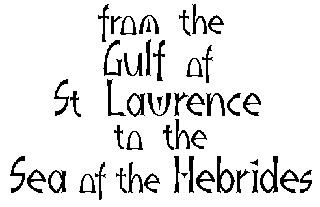
from the Gulf of St Lawrence to the Sea of the Hebrides
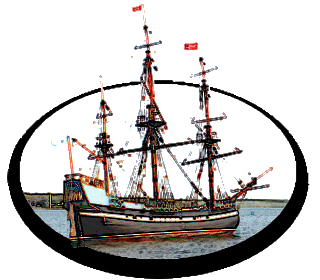

1 September 2012
The North Atlantic Arc Home
| .August. | September | .October. |
| S | M | T | W | T | F | S |
| 24 | 25 | |||||
| 26 | 27 | 28 | 29 | 30 | 31 | 1 |
| 2 | 3 | 4 | 5 | 6 | 7 | 8 |
| 9 | 10 | 11 | 12 | |||
| 4 | 5 | 6 | ||||
| 7 | 8 | 9 | 10 | 11 | 12 | 13 |
| 14 | 15 | 16 | 17 | 18 | 19 | 20 |
| 21 | 22 | 23 | 24 | 25 | 26 | 27 |
| 28 | 29 | 30 |
The North Atlantic Arc Home
 |
|
Saturday 1 September 2012--The Magdalens are an archipelago of about a dozen islands, seven of which are inhabited. Six of these are connected
by long strands of beach and dune, causeways, and bridges. Jacques Cartier noted the isles on his way up the St Lawrence River in 1534, and Samuel
de Champlain mapped them in 1629. The French name, les Îles de la Madeleine, is often said to have been given by François Doublet de Honfleur
in honor of his wife, Madeleine, in about 1663; but Champlain's map was marked "La Magdelene" long before. The Mi'kmaq, who used the islands as
summer camps for hunting walrus and seal, called them Menagoesenog, "islands brushed by the waves".
The colonial powers were also more concerned with resource extraction than colonization. Ice-bound most of the winter, the Magdalens perhaps did not look so attractive as permanent settlement. When the British expelled the Acadians in 1755, they didn't bother with the Magdalens, and refugees from elsewhere in the region were added to the handful of settlers already there. Oddly, it was the French Revolution that provided the impetus for the next wave of incomers, a group of families from St-Pierre and Miquelon, islands off the south coast of Newfoundland which are French territory to this day. The British effort to attract English-speaking residents was not successful and today about five per cent of the population is anglophone, mostly of Scottish heritage. History is a funny thing; it's obvious, I guess, that a historian's account of events will be colored by his point of view. The tourism website of les Îles de la Madeleine refers to the "feudal domination" and "climate of misery" under the tenure of Sir Isaac Coffin around the turn of the 19th century, as he "forced the Madelinots to pay rent on lands that they had cleared with their own hands and occupied for more than 25 years." Coffin's Wikipedia entry, on the other hand, notes his unsuccessful "attempts to...evict the squatters who had arrived from Saint Pierre and Miquelon." The Dictionary of Canadian Biography Online, perhaps feeling some compulsion toward a balanced view, says, "As a seigneur, motivated no doubt by instincts natural to a naval captain who was the son of a customs officer, Coffin had good intentions but no understanding of his tenants...." It's easy to think sometimes that the effect of history on modern politics is far less than the effect of modern politics on the writing of history. The Loyalist Coffin, who had a long and distinguished (and at times controversial) naval career, was but one in a long line of capable administrators who failed to make much of the Magdalens. Decades before, there had been the military engineer Richard Gridley, more famous for his works as a Patriot during the American Revolution--he participated in the Battle of Bunker Hill, and oversaw the construction of the batteries on Dorchester Heights that forced the British to evacuate Boston in 1776. It was not until 1895 that feudalism finally died here, when a law was passed permitting the Madelinots to purchase the land on which they had lived for generations. The islanders went on about their business, which for the most part was fishing and sealing. (The great walrus herds were hunted out of existence by the end of the 18th century; the seal hunt, controversially, continues to this day, and that is a long story for another time.) Somewhere along the way, urban Quebeckers figured out that the islands' scenic red cliffs and long windswept beaches made for an idyllic remote getaway. Tourism is the second biggest industry now, and still growing rapidly. It seems quite natural that the arts and crafts scene has boomed in recent years, as well. It's a sunny day, and windy, as it often is here--the Magdalens are nicknamed les Îles des ventes, the isles of the winds. (An anagram of Magdalens, for what it's worth, is "damn gales".) I intend to explore the full forty-mile length of the archipelago, and will start today with Île du Cap-aux-Meules. About half of the islands' population lives here, and commerce and services are centralized here. The town of Cap-aux-Meules itself is a peculiar mix of functional maritime industry and scattered bits of village charm, with route 199, the highway that runs the length of the isles, passing right through the center. I stop first at the ferry terminal to confirm my passage to Île d'Entrée in a couple of days, and then ascend the stairs to the observation deck above the harbor, at the top of the rocky headland that gives the island its name, Grindstone Island in English. Back in the car, I commence a counter-clockwise tour of the island, visiting the little pier at Cap-Vert, walking the Plage (beach) de l'Hôpital, and passing through the village of Fatima. The cliffs at Belle-Anse look familiar, but I have no doubt that eighteen years of wind and wave have done their work on the soft red rock. It occurs to me that I should have dug up the old slides before the trip, so I could make comparative photos, here and elsewhere. I manage to leave just as a coachload of tourists is arriving, but I cross paths with them again at la Site de la Côte in L'Étang-du-Nord. I'm tempted to call la Site a retail village, but that makes it sound cheesy--there are boutiques and a café, to be sure, but also a park and a performance venue, alongside the working harbor. Visible down the shore is the peculiar wreck of the Duke of Connaught, a floating dock that ran aground in 1988. There have been hundreds of wrecks around the islands, most in the era before lighthouses were built in the late 19th century. After watching surfers down at the nearby beach, I stop in at the brewery, À l'Abri de la Tempête (which translates to "in the lee of the storm"). It's housed in a former fish-processing plant, a very functional-looking building. I'm pleasantly surprised at the atmosphere in the upstairs pub, and immediately wish I'd booked a room nearby. That wish is soon tempered by the realization that there isn't much to eat here. What there is is marvelous--sampler plates from the island smokehouse and fromagerie--but they're basically appetizers. I try a couple of the draft beers, which are served in jars and are very nice, but return to the Terre Ferme, which is only served in bottles. I haven't been in long when the bus tour shows up. I go on vacation to get away from bus tours! I nonetheless have a nice chat with a couple of the tourists, from metropolitan Montréal. It's quiet again after the bus departs, and I nibble on the smokehouse plate. Across the bar from me sits a young woman wearing a scarlet top, her hair dyed to match. The sun pouring through the window makes her and her golden beer seem to glow, and I ask if I might take her picture. She readily assents. [Wish I'd tried more than the one--it's blurry and not very flattering.] Dinner this evening is at Les Pas Perdus in Cap-aux-Meules. The name means "lost footsteps"; the string of bare footprints on the beach seems to be a recurrent theme in the islands. Run into the day barmaid from the brewery, accompanied by my scarlet photo model. I learn that her name is Josée LaMontagne, and that she is an accomplished graphic designer living in les Îles, which perhaps explains her understanding of my wish to photograph her. Funny, for twenty-five years or so, whenever I've entered a hotel elevator in Montreal or Quebec City and pressed the RC button for Rez-de-Chaussée (ground floor), I've thought that somewhere, there must be someone called Red Josée. Here she is, in a place with, to the best of my knowledge, no elevators. Next |
 |
Cap-Aux-Meules
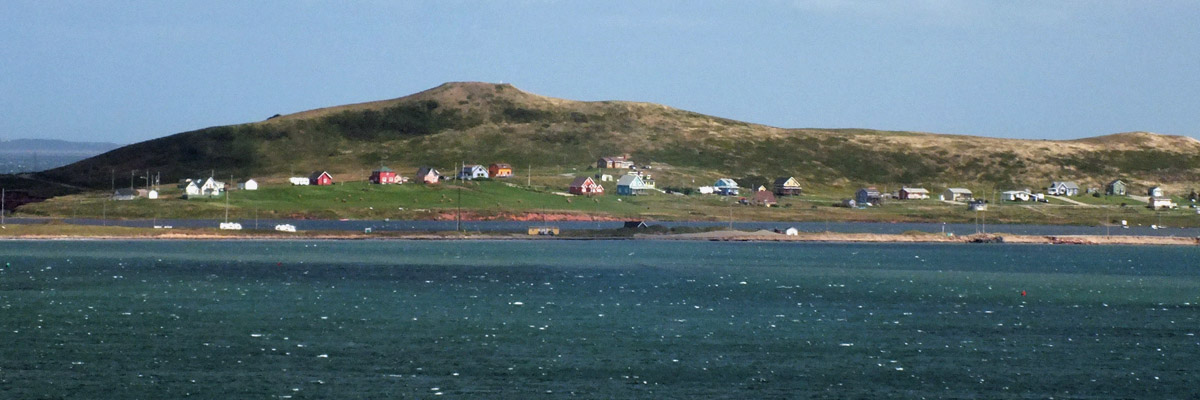 |
Butte Chez Mounette
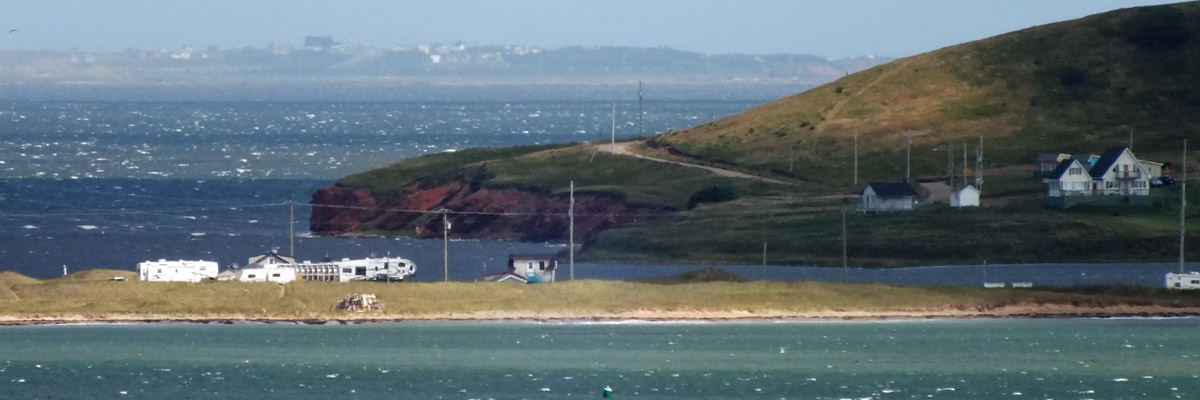 |
Île du Havre-Aux-Maisons
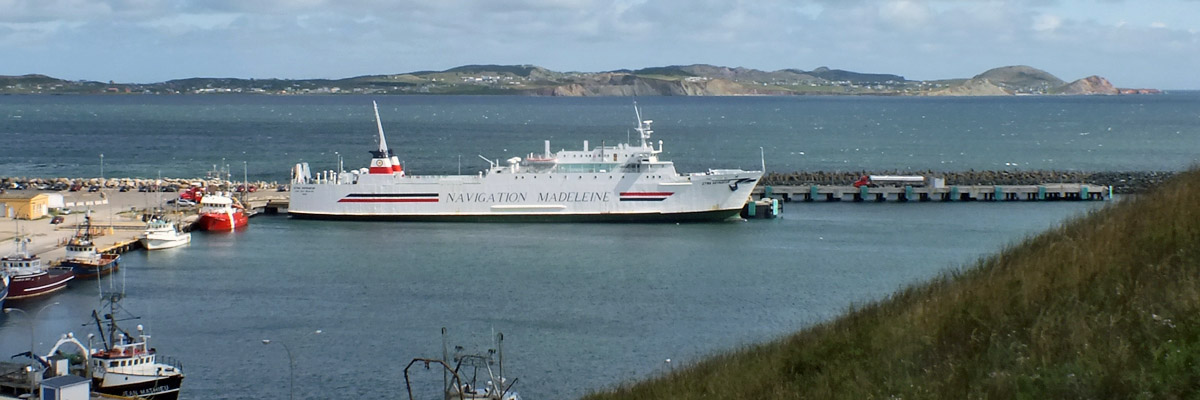 |
Across The Harbor To Havre-Aux-Maisons
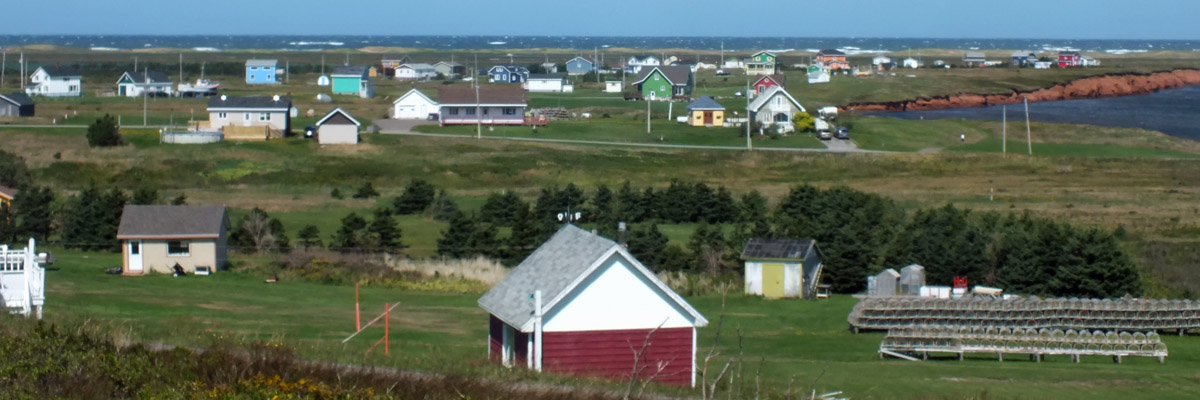 |
Cap-Vert
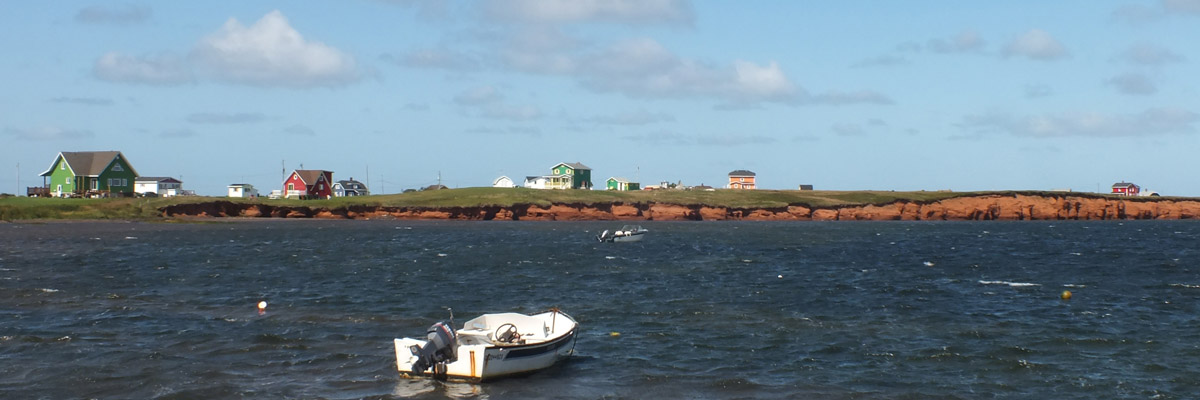 |
Cap-Vert
 |
Plage de l'Hôpital
 |
Plage de l'Hôpital
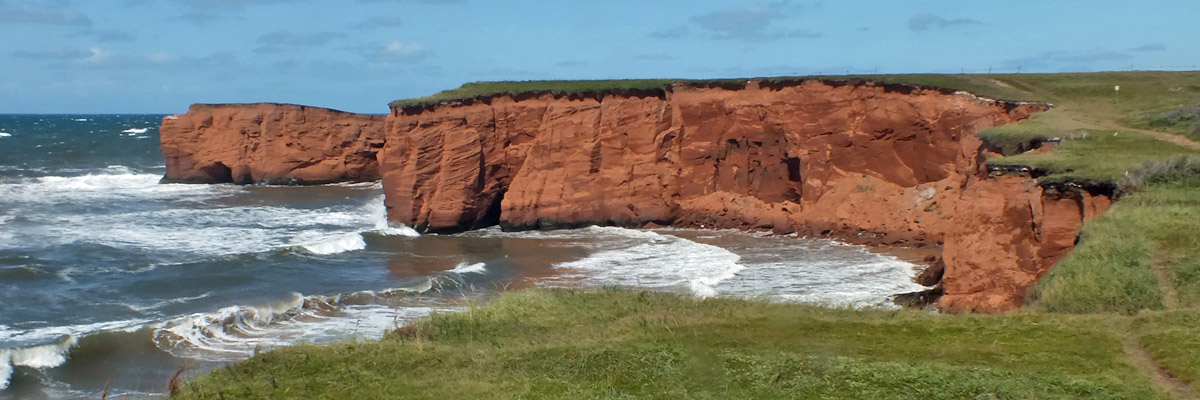 |
Belle Anse
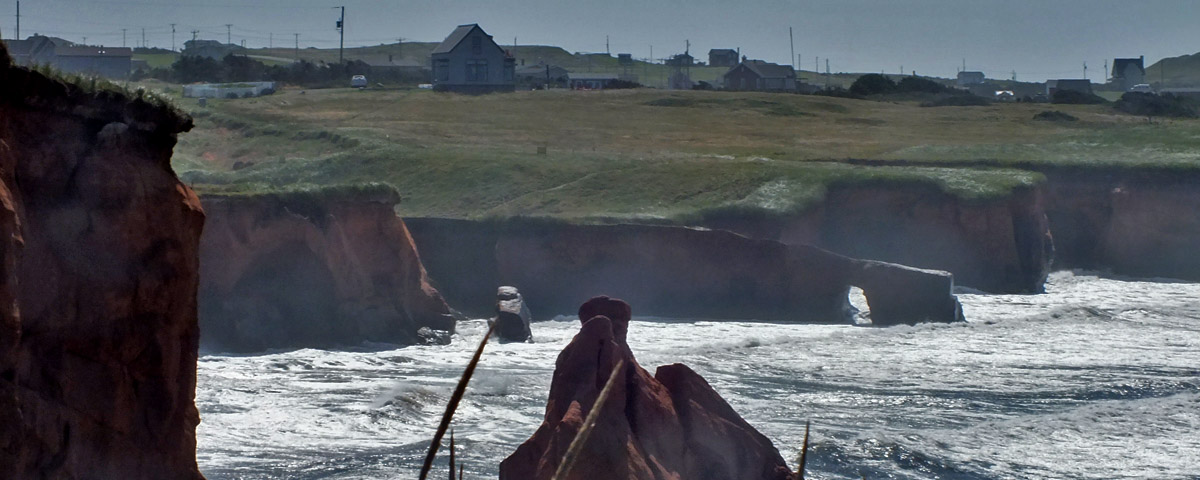 |
Belle Anse
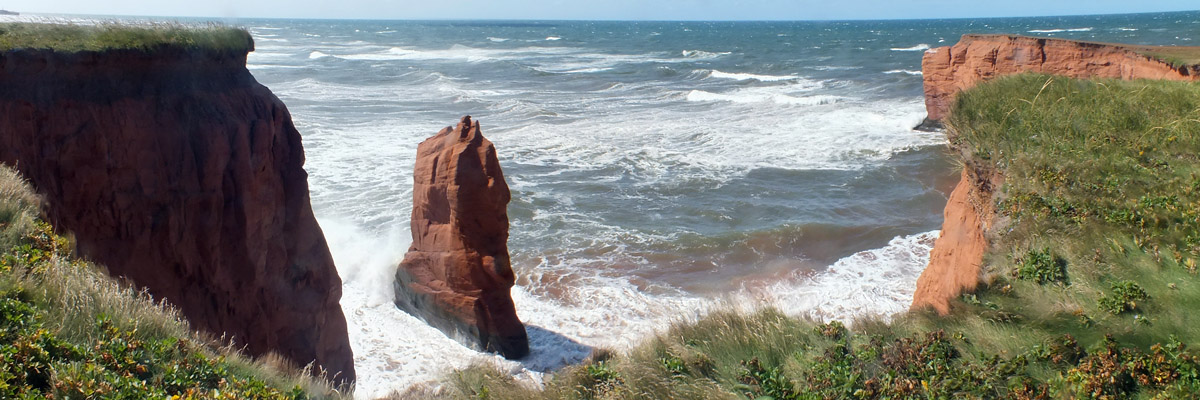 |
Belle Anse
 |
Belle Anse
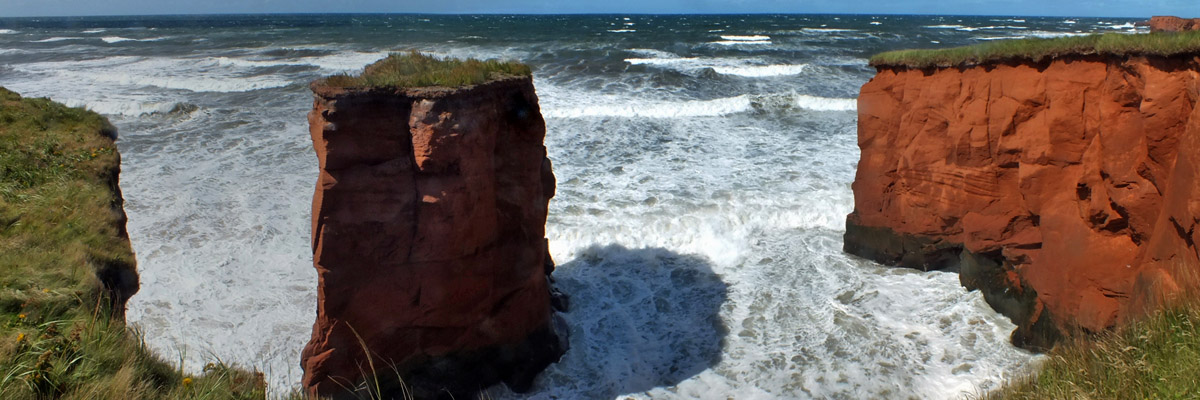 |
Belle Anse
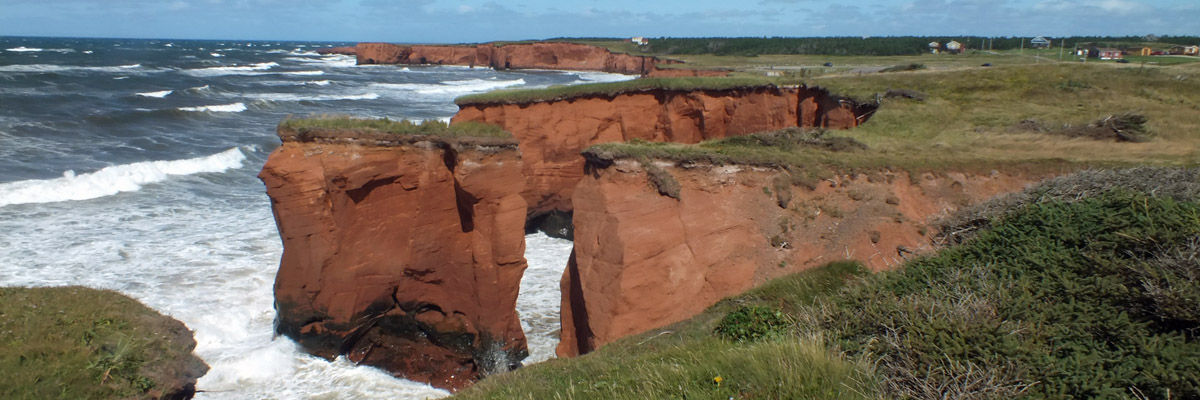 |
Belle Anse
 |
Belle Anse
 |
Belle Anse
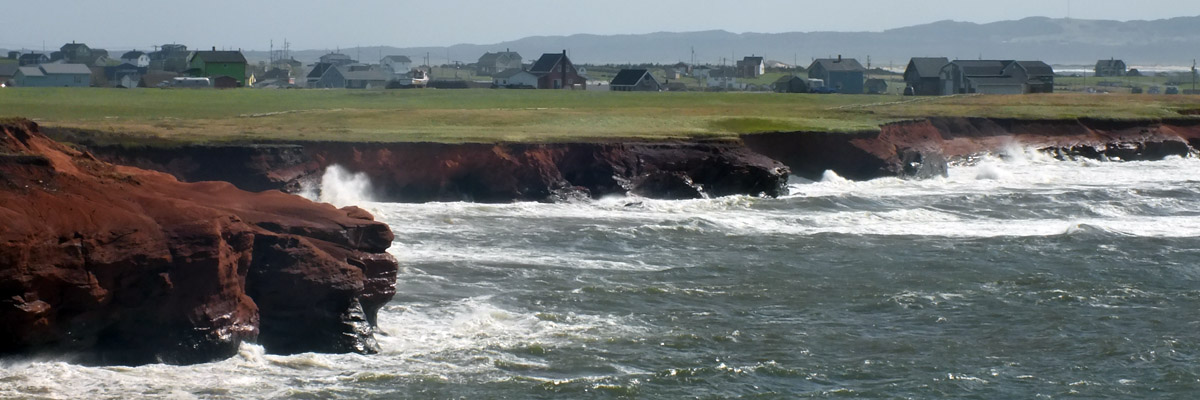 |
L'Étang-Du-Nord
 |
Fishermen Sculpture At La Site de la Côte
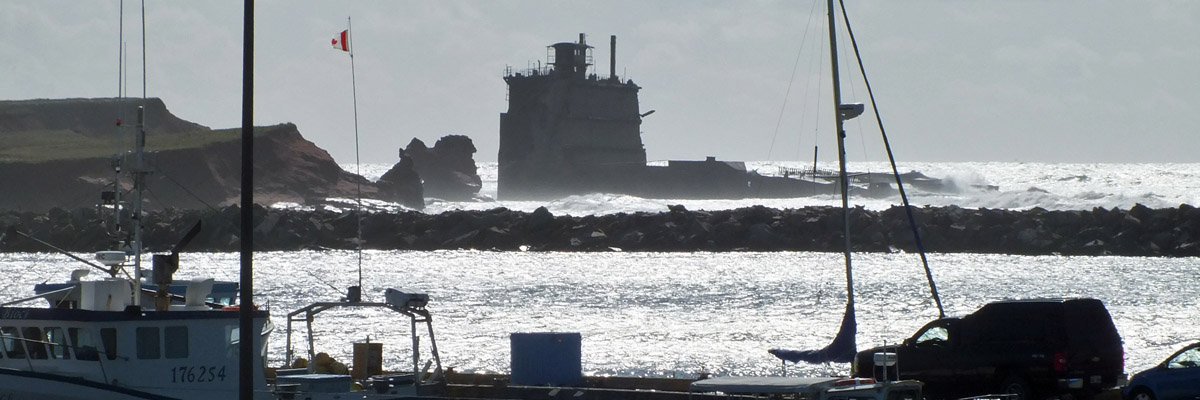 |
The Duke Of Connaught
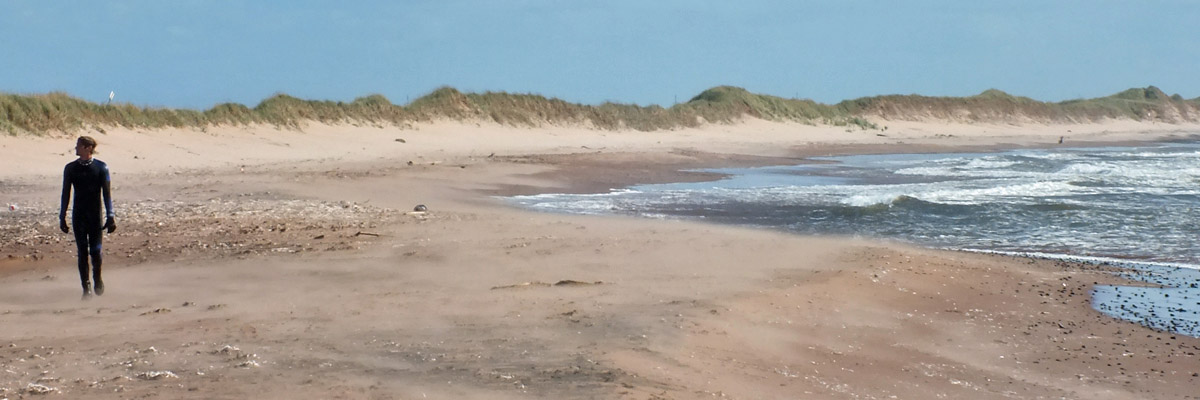 |
Plage à Avila-Landry
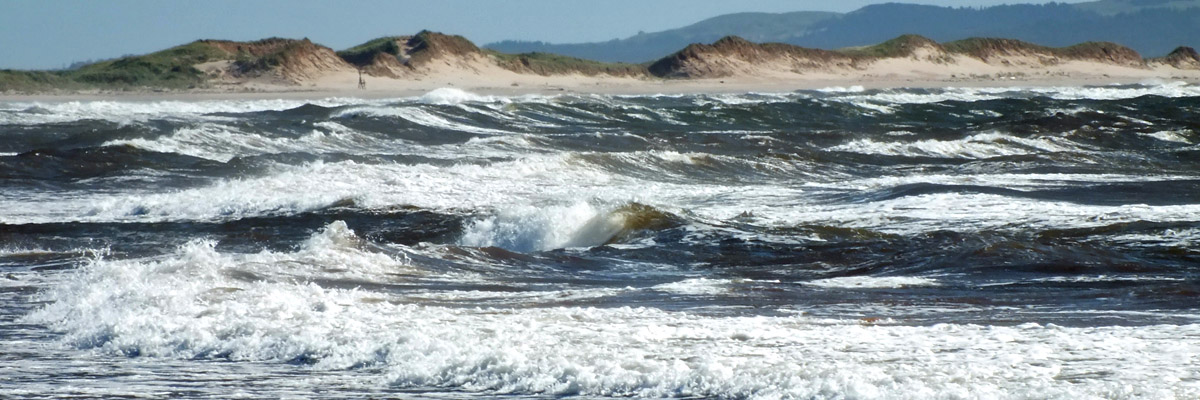 |
Plage à Avila-Landry
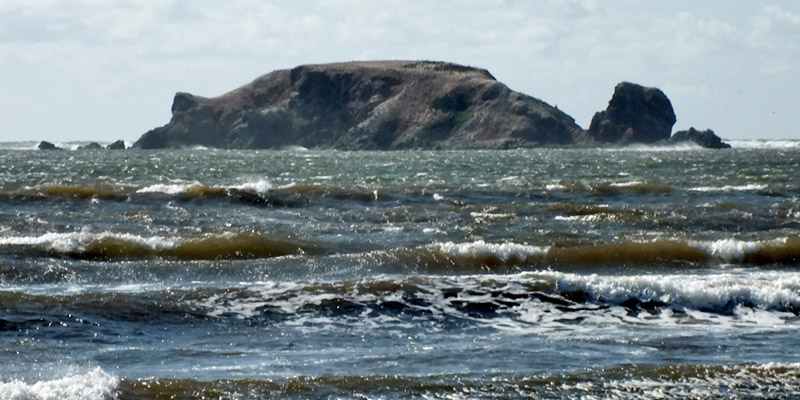 |
Le Corps Mort
 |
À l'Abri de la Tempête
 |
À l'Abri de la Tempête
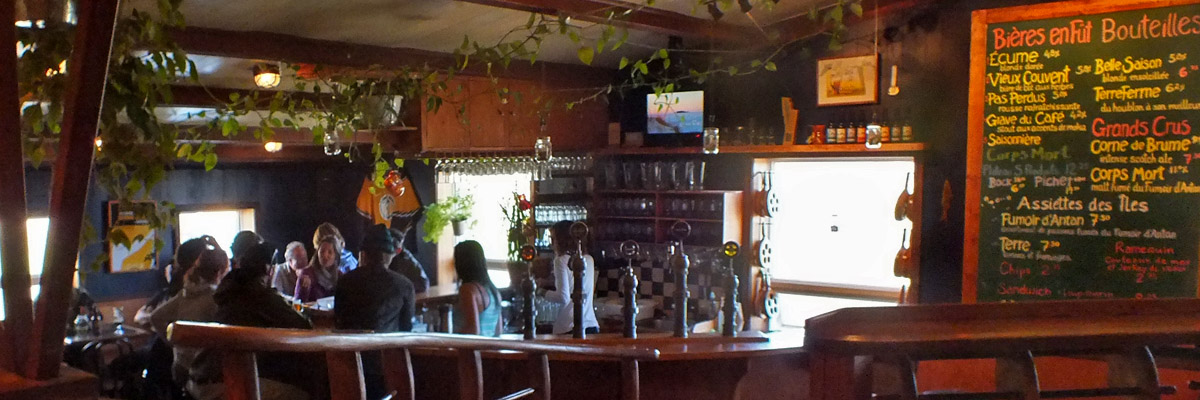 |
À l'Abri de la Tempête
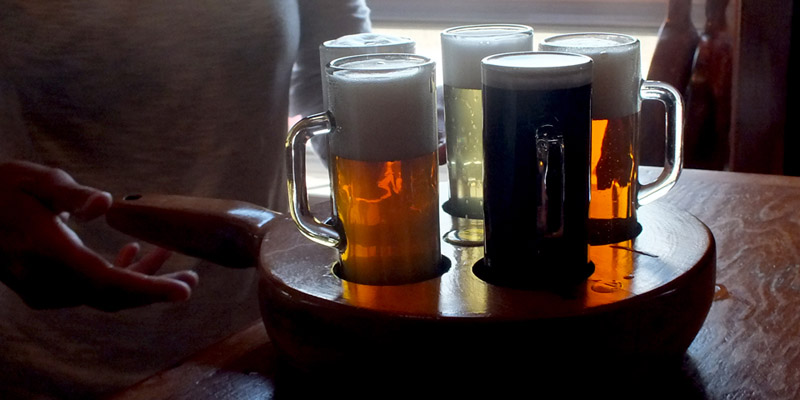 |
À l'Abri de la Tempête
 |
Josée
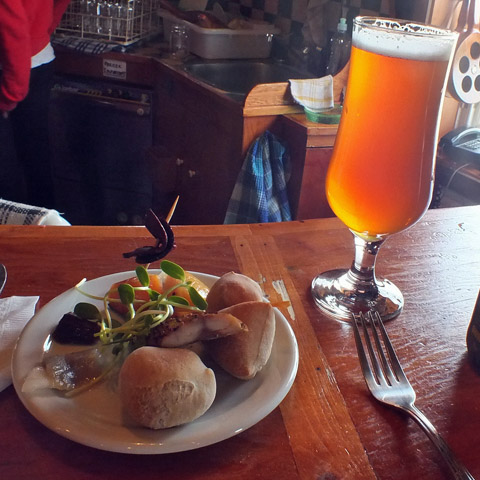 |
Assiette du Fumoir d'Antan
 |
Les Pas Perdus
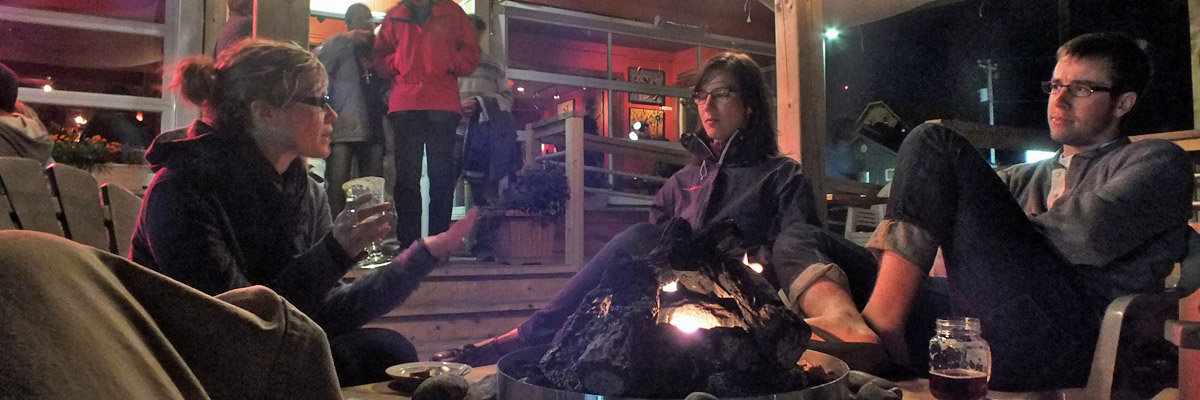 |
Les Pas Perdus
Around Cap-Aux-Meules
Next
| .August. | September | .October. |
| S | M | T | W | T | F | S |
| 24 | 25 | |||||
| 26 | 27 | 28 | 29 | 30 | 31 | 1 |
| 2 | 3 | 4 | 5 | 6 | 7 | 8 |
| 9 | 10 | 11 | 12 | |||
| 4 | 5 | 6 | ||||
| 7 | 8 | 9 | 10 | 11 | 12 | 13 |
| 14 | 15 | 16 | 17 | 18 | 19 | 20 |
| 21 | 22 | 23 | 24 | 25 | 26 | 27 |
| 28 | 29 | 30 |
The North Atlantic Arc Home
The North Atlantic Arc Home
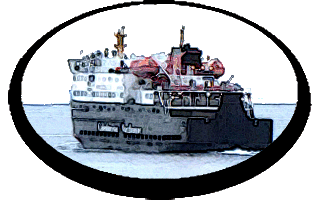
Mr Tattie Heid's Mileage
Results may vary
MrTattieHeid1954@gmail.com